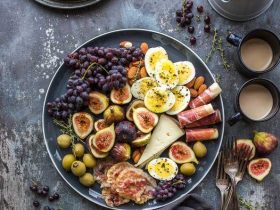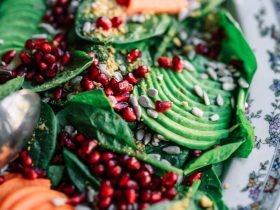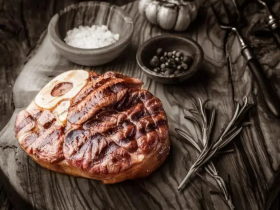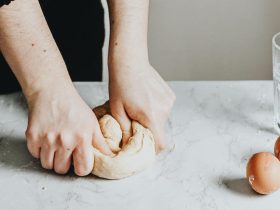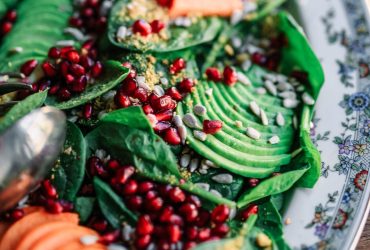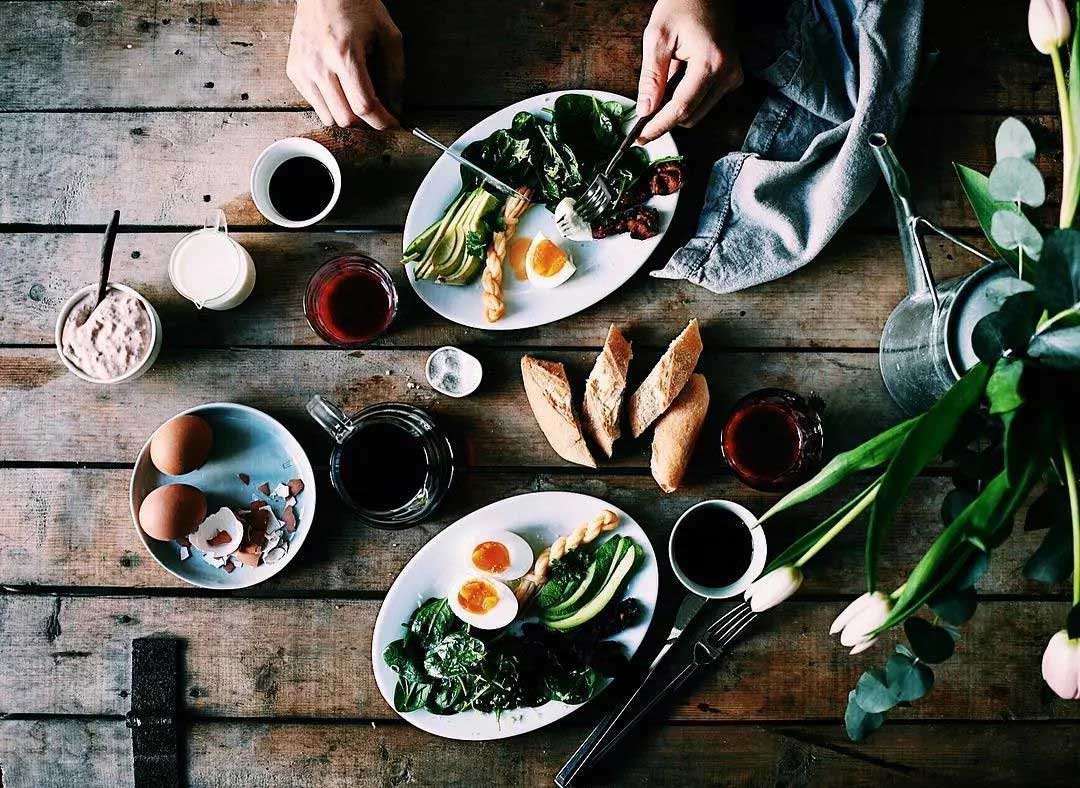
Fermenting and pickling are ancient methods of preserving fruits and vegetables, as well as imbuing them with unique flavors. Also known as “culinary alchemy,” these traditional techniques can take ingredients like carrots, cucumbers, and cabbage to new heights of flavorful complexity. With a few simple steps, anyone can become a master of fermented and pickled cuisine.
Fermentation – The Science Behind the Flavor!
Fermentation is a process that uses beneficial bacteria and yeast to convert carbohydrates to organic acids. This naturally increases the food’s nutritional value, and creates delicious flavors. Common fermented foods include sauerkraut, kimchi, and kombucha. To create these fermented delights, you’ll need:
-
- Ingredients of your choice – vegetables, fruits, herbs, grains, and legumes all make great additions
-
- Sealable container – preferably a glass jar with a tight-fitting lid
-
- Salt or spices – for seasoning your fermentation
-
- Optional starter cultures – check online for tips on how to create one!
The process of fermentation is relatively simple. Start by washing and prepping the ingredients, depending on whether you’re making a vegetables-only ferment or a fruit ferment. The next step is packing the ingredients into a jar, layering them with salt or spices. Make sure to leave at least an inch of headspace. Add any starter cultures, if using, and firmly seal the container. Allow the ingredients to ferment at room temperature until they reach the desired taste, usually within a few days to weeks. Once it’s finished, store the ferment in the fridge, making sure to check regularly for any mold. Et voilà – your first fermented creation is done!
Pickling – All About the Vinegar
Pickling is great for preserving seasonal produce, ensuring that you can enjoy its fresh flavors year-round. The key ingredient is vinegar, which acts as a natural preservative and provides additional flavor. You can also experiment with various types of vinegar for an extra shot of flavor! Common pickles include cucumber pickles, watermelon rind pickles, and spicy green beans. To pickle your own goodies, gather:
-
- Ingredients – fruits, vegetables, and herbs are all great choices
-
- Vinegar – look for one that’s at least 5% acidity
-
- Salt – ideally, a non-iodized variety
-
- Aromatics – add herbs, spices, and other flavorings to create interesting variations
-
- Sealable container – for storing the pickles
Wash and prep the ingredients, following any special steps based on the type of food you’re pickling. Next, combine all the liquids in a pot and bring to a boil. Layer the ingredients, salt, and aromatics in the sealable container, making sure to leave some headspace, and slowly pour the hot liquid over the top. Seal the container and let it cool for 12-24 hours. Store the pickles in the fridge, with a regular check to make sure that everything is still fresh and crunchy.
Expert Tips and Tricks
To maximize the flavor and safety of your ferments and pickles, here are a few tricks from the experts:
-
- For ferments, submerge the ingredients in their liquid to keep harmful microbes away
-
- Store pickles in an airtight container
-
- Avoid metal containers and utensils – these can react with the vinegar and spoil your pickles
-
- Keep ferments and pickles in the fridge for best results
Learning to ferment and pickle is a great way to practice culinary alchemy, experimenting with different flavors and ingredients. With a little practice, anyone can become an alchemist in the kitchen, creating delicious and nutritious creations to share with friends and family!




